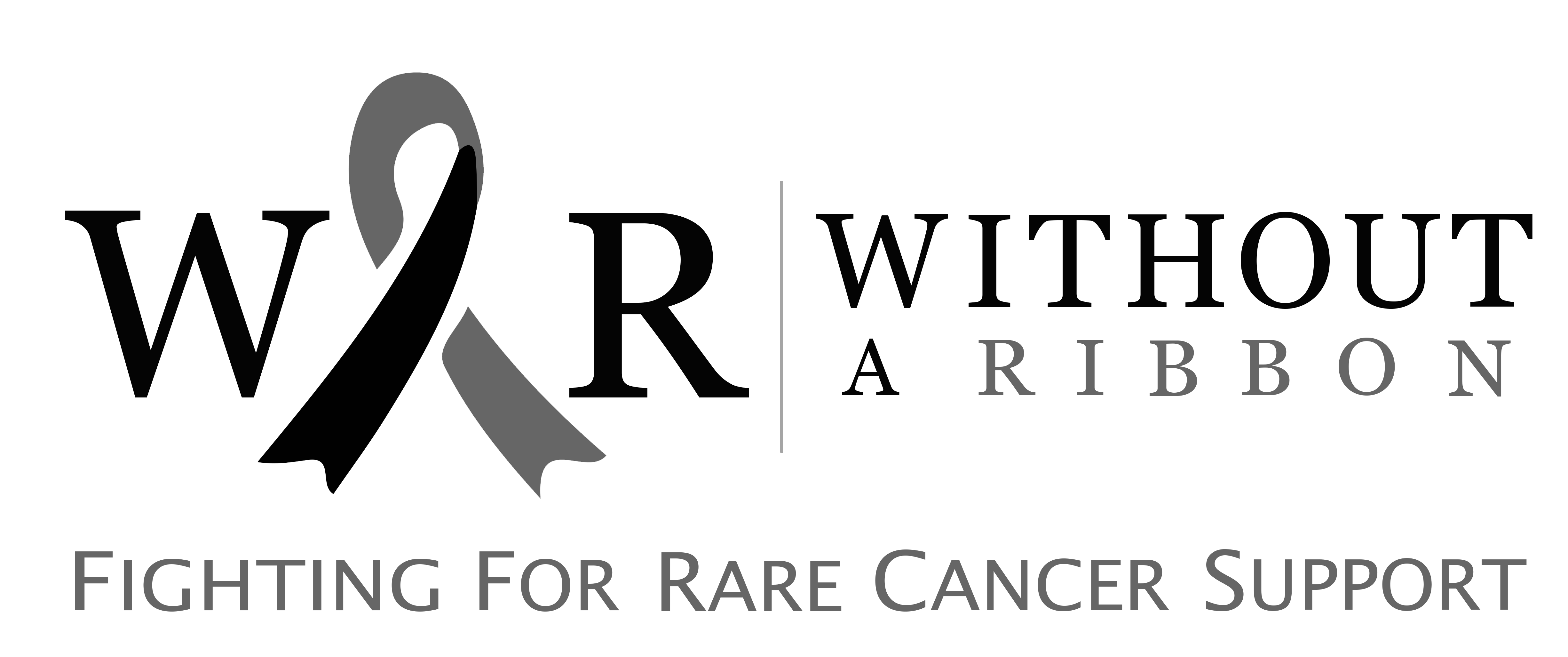What is Mucinous Cystadenocarcinoma of the Ovary?
A mucinous cystadenocarcinoma is a rare type of tumour that develops from the cells lining the surface of the ovary. It makes up about 20% of ovarian cancers that start in the epithelial cells. While 80% of these tumours are non-cancerous, 5-10% are cancerous.
Causes
There is no well-known cause, however, cigarette smoking, hypothyroidism (low Function of the thyroid gland), and treatment of infertility are potential risk factors for the development of mucinous cystadenocarcinoma of the ovary.
Signs and Symptoms
The patient may suffer from the following:
- Mass or abnormal growth in the abdomen
- Pain in the abdomen or pelvic region
- The feeling of fullness in the abdomen or pelvic region
- Swelling of the abdomen
- Severe loss of weight, loss of body fat, loss of muscle mass
- Loss of appetite
Diagnosis
Following diagnostic tests and procedures can be used to make the diagnosis:
- Complete blood count ( CBC)
- Serum tumour markers
- Hormonal Assay test to measure the amount of estrogen, progesterone and testosterone
- Imaging techniques like ultrasonography (USG), CT-scan, MRI, and X-Ray to detect the site, size, and extent of the tumour.
- Pelvic examination through per-speculum examination of the vagina, cervix, and ovaries. A speculum is a gynecological instrument used to visualise the vaginal wall, cervix, uterus, and ovaries to detect any abnormality.
- Cancer antigen 125 (CA125) test
Treatment
Treatment typically involves the complete surgical removal of both ovaries. In cases where the cancer has spread, combining surgery with chemotherapy and radiation therapy is often appropriate.
You can help us with your donation:
Without a Ribbon is a charity that works hard to aid those who suffer from rare cancers. You can help our cause in a variety of ways:
Donations — Without a Ribbon are grateful when we receive every donation. Giving to Without a Ribbon helps us to provide ongoing support, organise the annual gathering and subsidise the costs of our Warriors attending these conferences.
Sponsorship — If you wish to sponsor our charity, please contact us using this form.
Volunteering — We are always looking for volunteers to help with different aspects of running our charity. So, if you are looking for volunteer work, please feel free to contact us.

